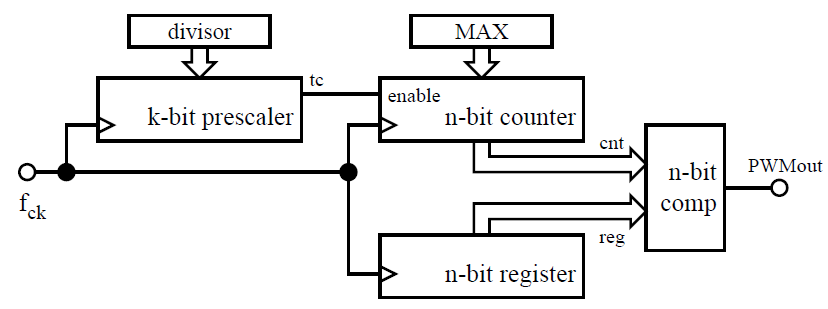For my project I choosed Mbed, an open source operating system made by Arm. It’s a good operating system for IoT and embedded systems in general. Apart from a very active community, it has a wide variety of supported boards that act like a plug’n play devices and are very convenient to program.
Ofcourse the LandTiger is not one of the supported boards.
Fortunately Mbed support a board called “mbed LPC1768” that, as you can probably guess, has the same processor as that of the LandTiger.
I will now guide you through the various steps needed to create a program, compile it and flash it in to the board.
As we will see to flash the program is a bit more complex than “usual”, but if you get used to it, it will only take a couple of minutes for the entire procedure.
What do you need:
- A LandTiger board.
- One or two serial cable (if you want to use the board as a USB function like a mouse or a Keyboard).
- An Ulink 2 (or a cheaper USB to JTAG programmer) to flash your code into the board.
- Keil uVision 4 (the free ediction is perfectly fine).
- Hexplorer (https://sourceforge.net/p/hexplorer/wiki/Home/)
- An account on the Mbed official website (https://www.mbed.com/en/)
- A copy of the landtiger user manual uploaded by the user wim. This is a very good document since it shows you how the correspondence between the official supported “mbed LPC1768” and our LandTiger (https://os.mbed.com/media/uploads/wim/landtiger_v2.0_-_manual__v1.1.pdf).
- A good amount of patience.
Let’s see how to set everything
HowToSimple Mouse:
Take me home, country roads:
Gotta catch’em all:
WiFi Keyboard:
Touch Keyboard and Trackpad:
